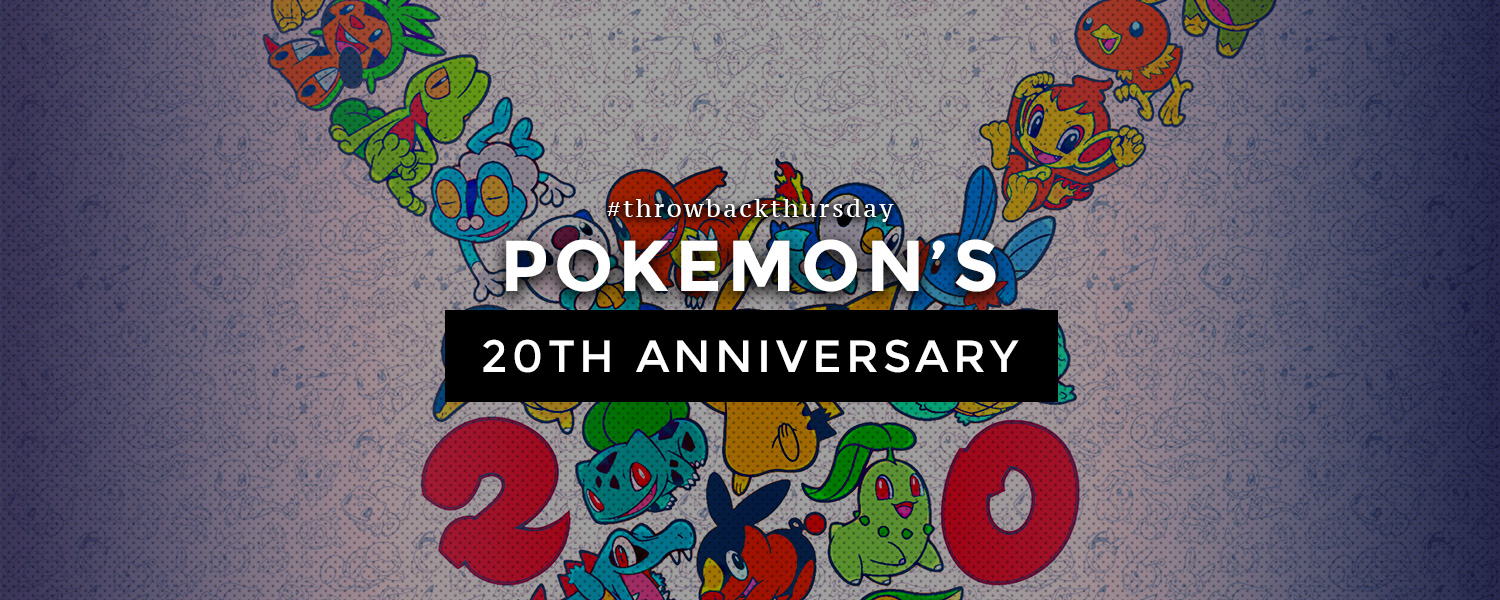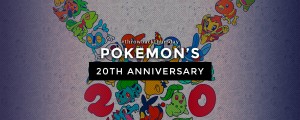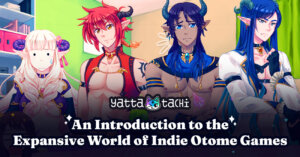KWEH!
This week I’m taking the wheel here at #TBT since we’re going to talk about my specialty, Pokémon, in honor of the Pokémon 20th Anniversary. Don’t worry guys, Detrop is still around!
Wait. Would Detrop actually allow me to start and article with KWEH? Never mind.
We’re all guilty of playing Pokémon. Most of us still play it today, not because of the nostalgia factor, but because it remains one of the most solid RPGs ever made. Stop hiding man, I know you’re playing. So why don’t you join me as we take a look at how this phenomenon started?
The man behind it all: Satoshi Tajiri
The core idea of Pokémon (which roughly means “Pocket Monsters”) is that there are creatures capable of incredible feats that can be trained and kept with you at all times. Simple and effective, we own this concept to Satoshi Tajiri, original creator of the series, who used to catch and exchange insects during his childhood. Part of the inspiration for Pokémon also comes from his interest in classic Tokusatsu series, particularly Godzilla and Ultraseven. We only know a few facts about Tajiri’s life: the creator of the series was diagnosed with Asperger’s Syndrome, and is known to be very shy and reclusive. He doesn’t want to be famous. Even the almighty Google can’t find good photos of him. Oh, and in case you just tried looking it up, the face you’re probably seeing is Tsunekazu Ishihara, president and CEO of The Pokémon Company.
Oh! Did you plan to visit Japan anytime soon? Did you want to visit the same ponds and forests where Tajiri hunted beetles? I’m afraid you can’t. The whole area was paved into a shopping mall during the late 1970s.

Satoshi became more and more interested in the game industry during his school years. After spending all his time in the arcades, he eventually considered making games and got involved with people from the industry, going on to create a project you may have heard of: Game Freak. Before the Game Freak we know today, there was a magazine, where Satoshi worked alongside Ken Sugimori, who is now known as the illustrator of the Pokémon games. After seeing two kids using the Game Link cable with their Gameboys, he wanted to help modern children experience what he lived during his childhood: Catching bugs and trading them with your friends.
The idea was pitched to Nintendo and rejected multiple times. Though they didn’t quite get it, he eventually was given some funding and a brilliant mentor: Legend Of Zelda’s creator, Shigeru Miyamoto. After six years of hard work, Pokémon Red and Pokémon Green saw the light in early 1996 and they instantly became a success. The same year, Pokémon Blue, a third updated version, was published in Japan as well.
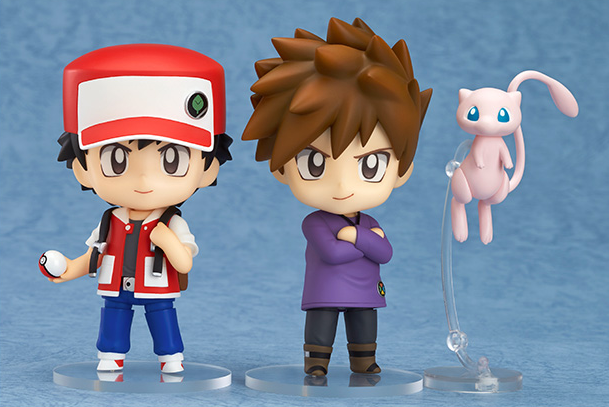
Brief Story
The premise is simple: The world is full of Pokémon. At the age of 10, kids go on an adventure, you know, to find themselves and experience life. For that task they are given their first Pokémon: a loyal friend they can use to battle and help get through adversities such as moving heavy boulders of rock, lighting up dark caves, etc. During the game we get the chance to catch more Pokémon to add to our team. As the story unfolds we find challenges in the form of Gym Leaders, experienced Pokémon Trainers who evaluate our progress, and villainous characters that we must defeat. Many years have passed since the first Red & Green, but the basic outline of the story is always the same. The way it is told, however, is always changing. Pokémon regions have been based on various regions from Japan, and the latest installments featured New York City and France. This provides a diverse setting for new adventures, as well as the opportunity to show new Pokémon belonging to different ecosystems and habitats.
The Key to Success
Obviously, I don’t know the secret formula to make a multi billion franchise. But there have been two important factors to Pokémon’s success. First of all, the idea to launch two nearly identical games, an idea attributed to Shigeru Miyamoto to further establish the concept that trading was a vital part of the experience, was brilliant. Not because people buy two versions of the same game, but because it stimulated the “catch and trade” concept that Tajiri was so fond of. Certain Pokémon were exclusive to Red version while some were exclusive to Green. That means that if you wanted to fulfill the ultimate goal of the game (“Gotta Catch’em All!”), the only way was to trade some with your friends.
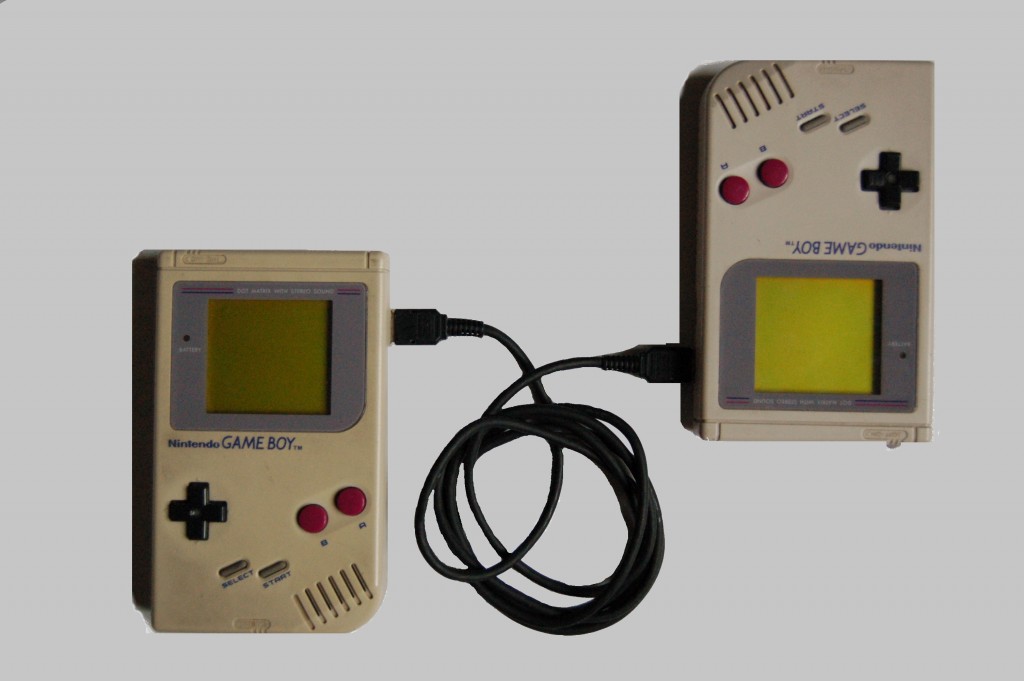
Another key factor for the popularity of the franchise was that Pokémon was relatively a bad game. Due to such a long development cycle, it’s graphics were outdated and the sound was limited. The game itself wasn’t that long story-wise. This was actually to Pokémon’s benefit: most kids couldn’t afford the new generation of consoles, but their parents were happy to expend some money with the not-so-expensive-and-already-a-bit-old GameBoy.
Kids wanted more Pokémon and they got it: not long after Pokémon Blue hit the Japanese stores, the franchise got sequels, Pokémon Gold and Silver. Many manga series, an anime adaptation, dozens of spin-off games, every kind of merch you can ever think of: it was all part of the ‘Pokémon Fever’ from the early 2000s we all remember. Wait, some of you don’t? Oh, but we’re keeping that for another Throwback Thursday…
In most western countries, the anime series actually came before the games, which helped to spread the popularity of the franchise. Soon after, many movies and a trading card game that is still widely played today conquered the hearts of kids from all over the world. Today, the initial fever has “died” a little. Despite that, Pokémon has managed to remain a very profitable and popular franchise.
Do you remember how you first found out about Pokémon? How are you going to celebrate the glorious Pokémon 20th Anniversary next Sunday? And most importantly: Who was your first starter?!
Big thank you to our supporters
From their continous support, we are able to pay our team for their time and hard work on the site.
We have a Thank-You page dedicated to those who help us continue the work that we’ve been doing.
See our thank you page